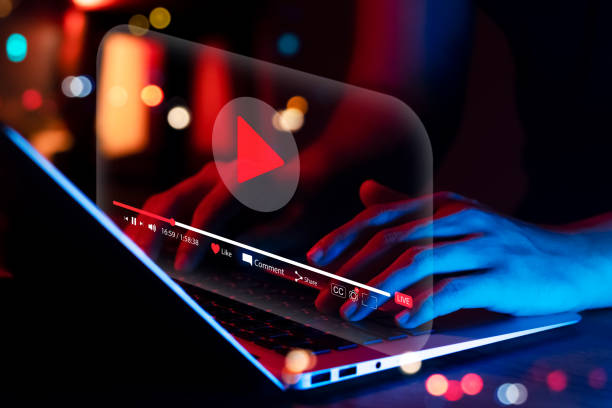In today’s digital-first world, video content is no longer just an option for fashion brands—it’s a necessity. From product launches to behind-the-scenes reels, consumers expect engaging, authentic, and high-quality videos. But with growing demand comes a challenge: how can brands consistently produce captivating content without breaking the bank or burning out creative teams?
The answer lies in AI-powered video tools. In 2025, fashion brands—big and small—are leveraging artificial intelligence to revolutionize how they create, edit, and distribute video content. Let’s explore how AI is reshaping fashion marketing.
Why Video Content Matters More Than Ever in Fashion
Video is the most consumed form of content online. According to industry reports, users retain 95% of a message when they watch it in a video versus just 10% when reading it in text.
For fashion brands, video helps:
- Showcase texture, fit, and style better than images
- Tell brand stories with emotional impact
- Build trust through user-generated content and testimonials
- Drive conversions through product demos and tutorials
The catch? Traditional video production is expensive and time-consuming—unless AI steps in.
How AI Tools Are Changing the Game
1. Automated Video Editing
Tools like Runway, Pictory, and Descript allow brands to:
- Automatically cut and edit long clips into short-form videos
- Add subtitles, music, and transitions in seconds
- Repurpose content for different platforms like TikTok, Instagram Reels, or YouTube Shorts
AI handles the heavy lifting, giving creators more time to focus on storytelling.
2. AI-Generated Fashion Models & Virtual Try-Ons
Instead of booking multiple models or shooting the same outfit in every size, AI now enables:
- Digital models that reflect diverse body types, skin tones, and styles
- Virtual try-on tech where users can “see” how clothing fits on them using AR and AI
- Faster product showcasing with less physical inventory
This not only saves money but boosts inclusivity and personalization.
3. Personalized Video Ads at Scale
AI tools can now generate thousands of personalized video ads by:
- Swapping in different product shots or colors
- Changing voiceovers and text based on audience segments
- Adjusting videos for regional preferences and languages
Brands can now reach niche micro-audiences with tailored content—something that was almost impossible with traditional methods.
4. AI-Driven Storyboarding and Scripting
Not sure how to structure your next campaign video? AI tools like ChatGPT, Synthesia, and Magisto can help with:
- Writing engaging scripts
- Generating shot suggestions
- Planning content calendars
This democratizes creativity, allowing even small fashion startups to produce high-quality, branded content.
5. Real-Time Analytics and Optimization
AI tools offer deep insights into:
- Which videos perform best
- Audience engagement drop-off points
- How to optimize length, thumbnails, and messaging
Using this data, fashion marketers can fine-tune content strategies for higher ROI.
Real-World Use Cases
- Zara uses AI to analyze trends and create seasonal content faster.
- Levi’s is experimenting with AI-generated models to cut production costs and increase representation.
- Smaller DTC brands are using AI tools to produce daily product videos without professional videographers.
Final Thoughts
AI is no longer a futuristic trend—it’s a practical tool helping fashion brands stay competitive, relevant, and efficient. From reducing video production costs to creating deeply personalized customer experiences, AI is unlocking a new era of creative possibilities in the fashion world.

